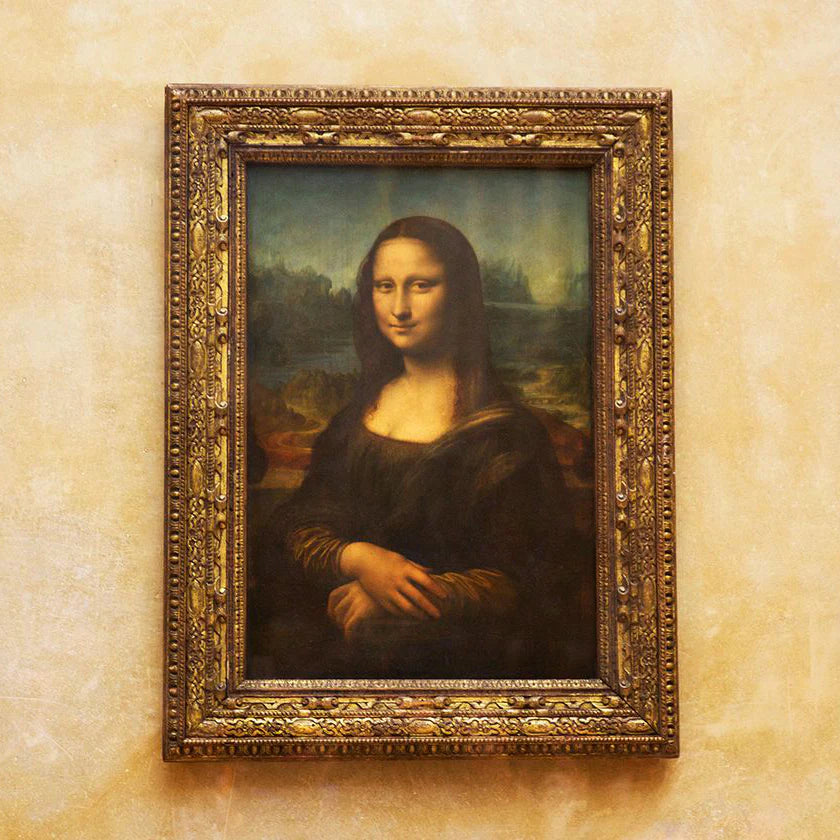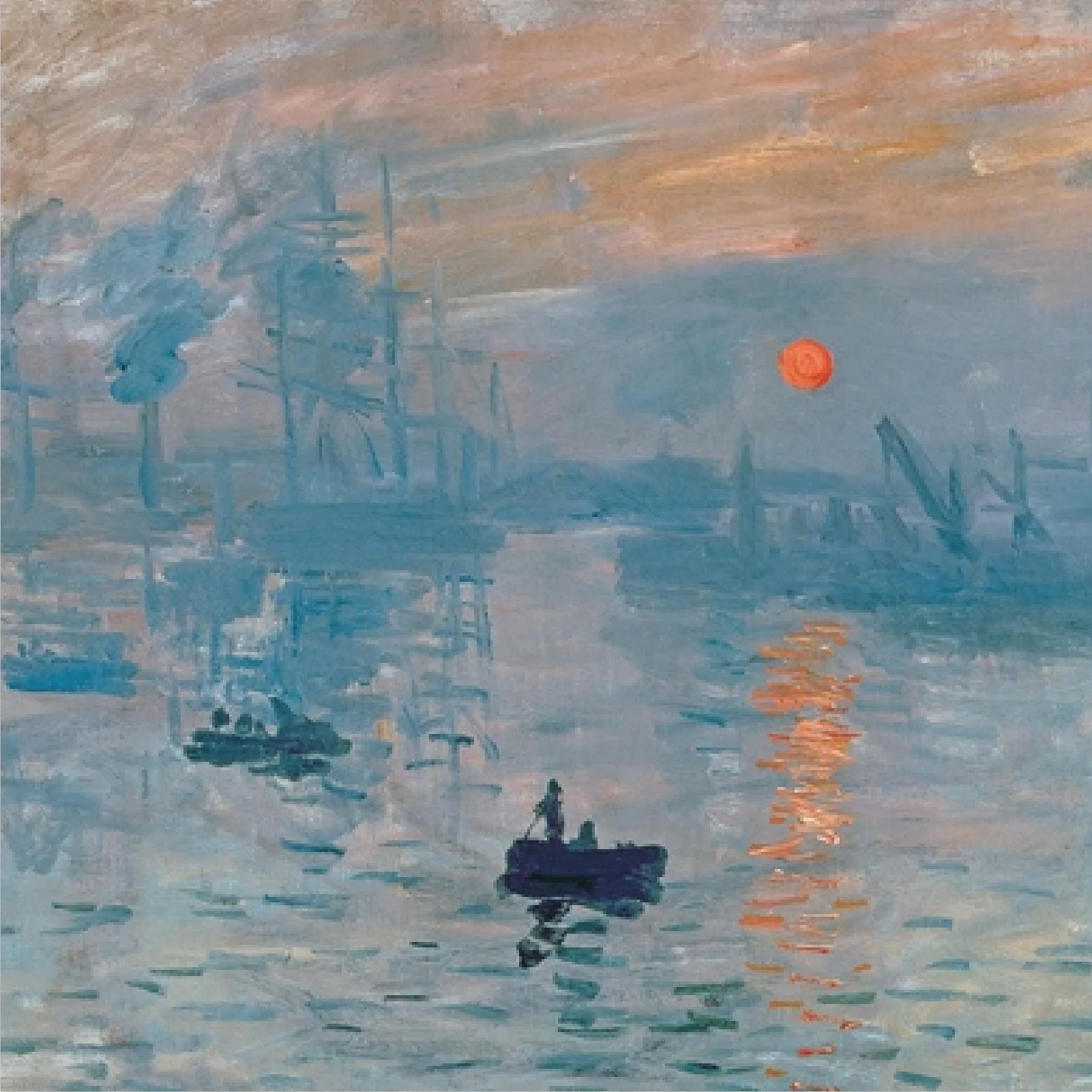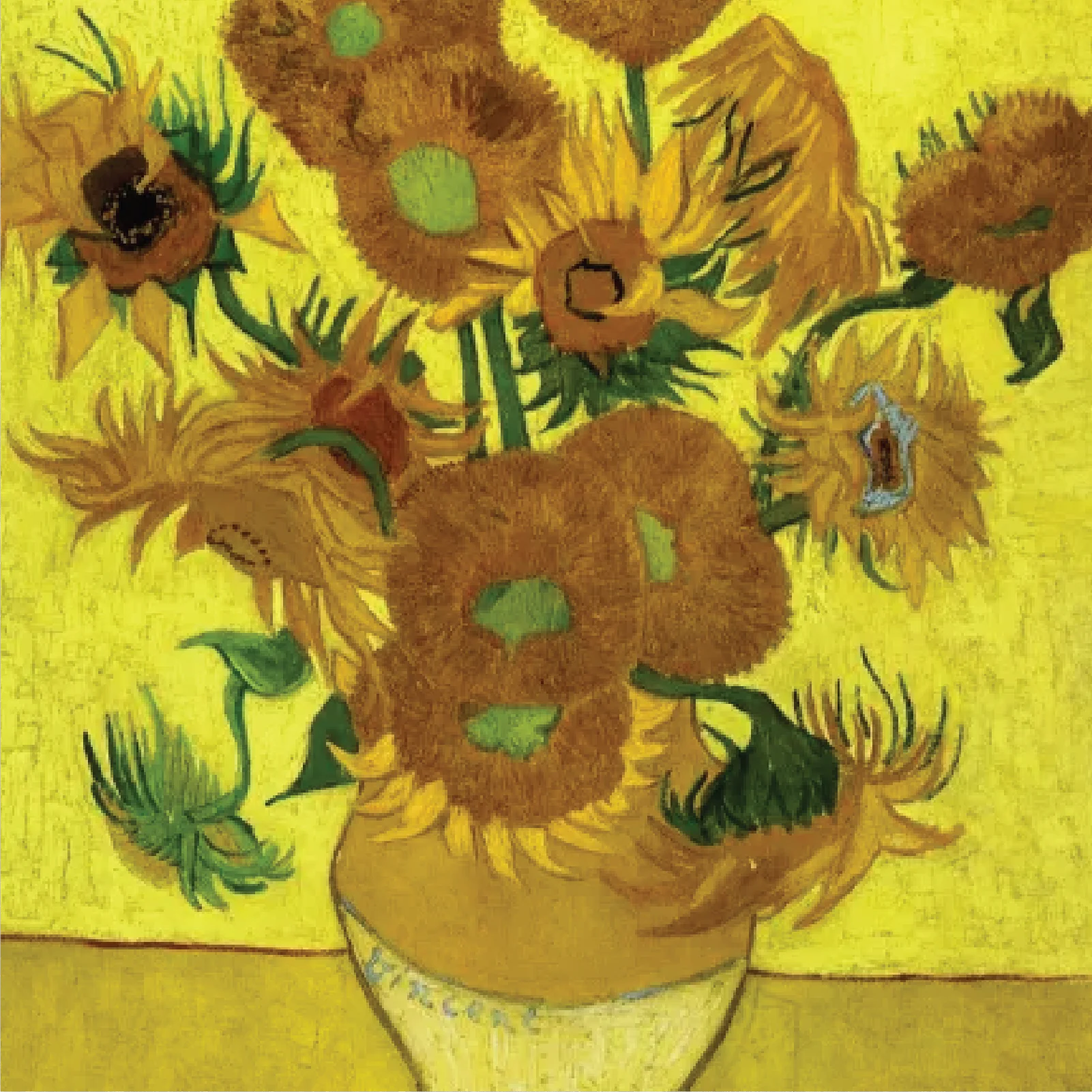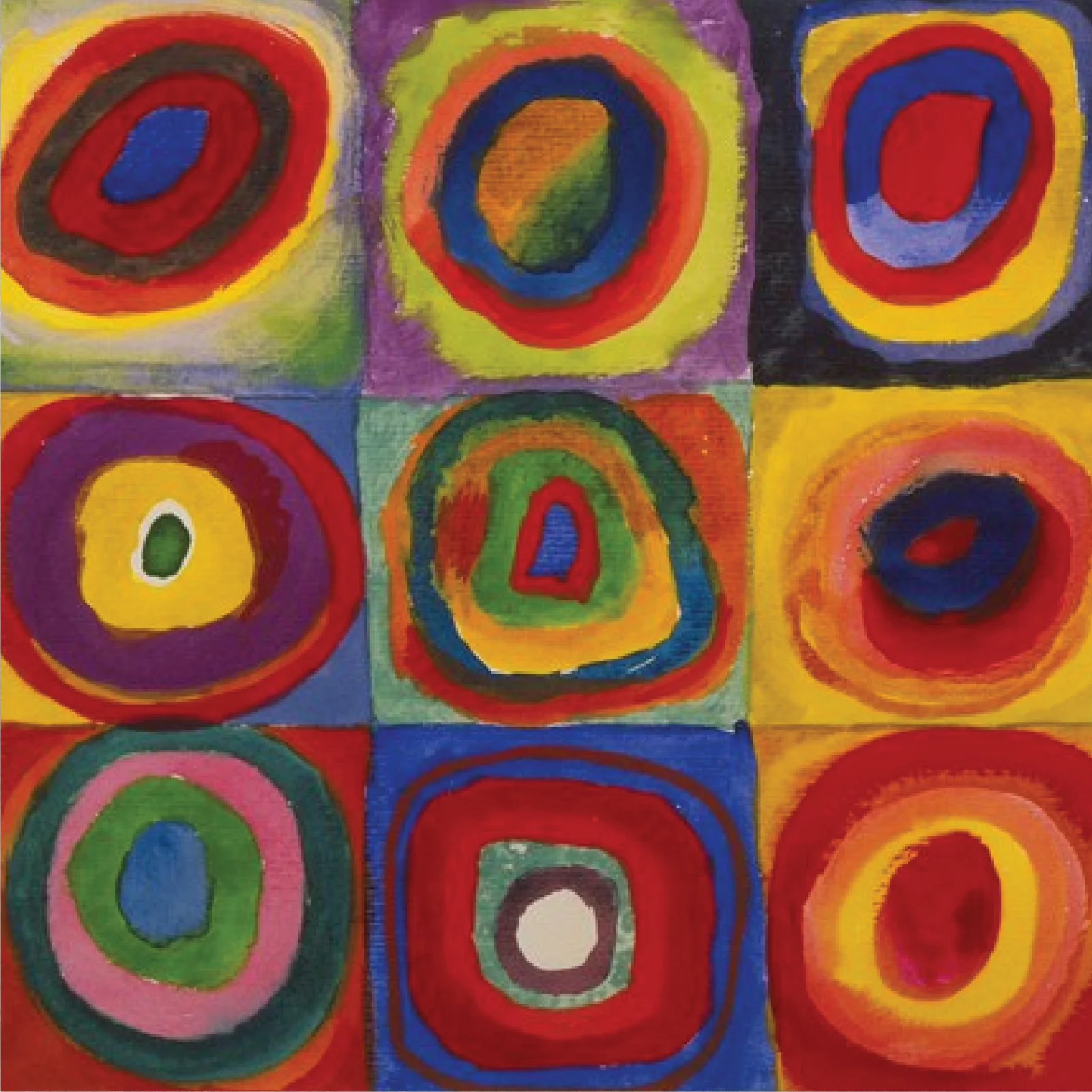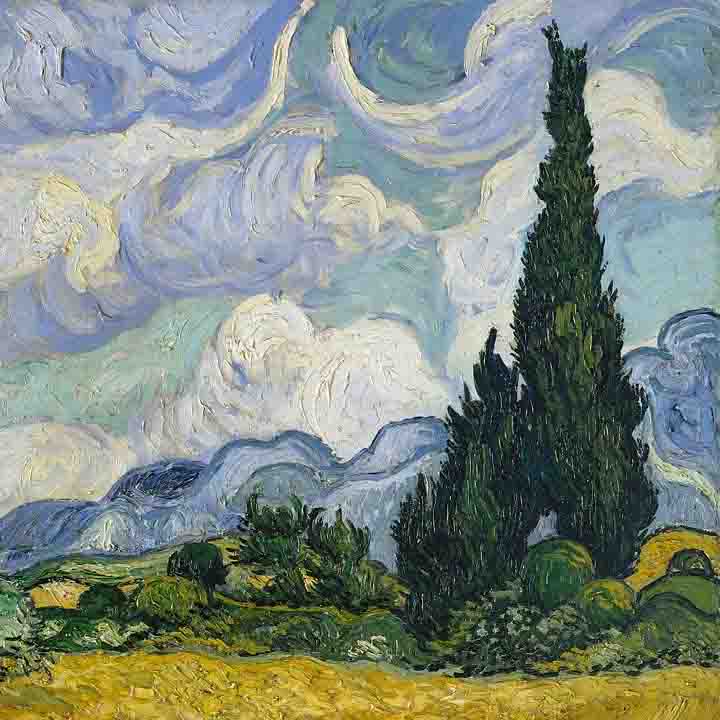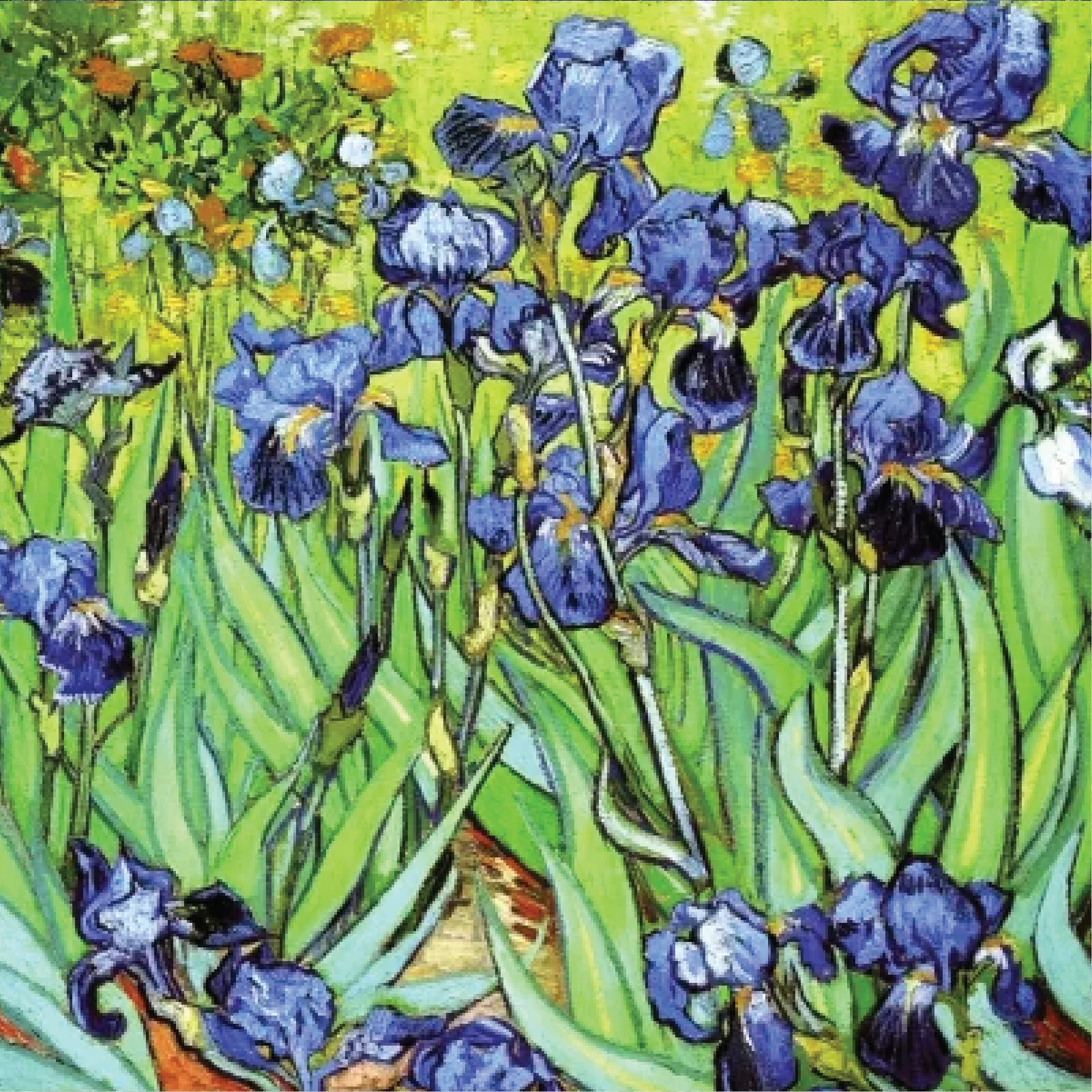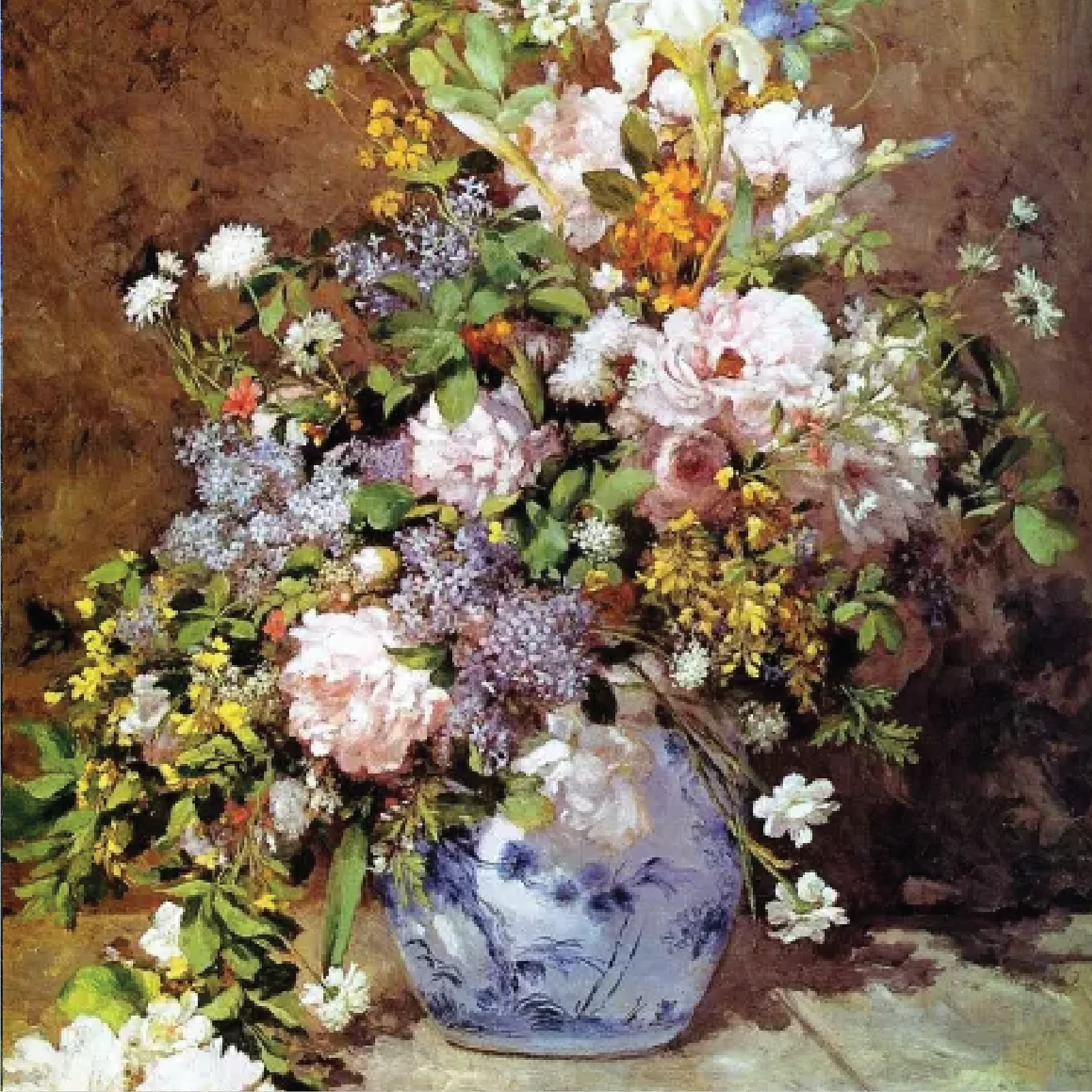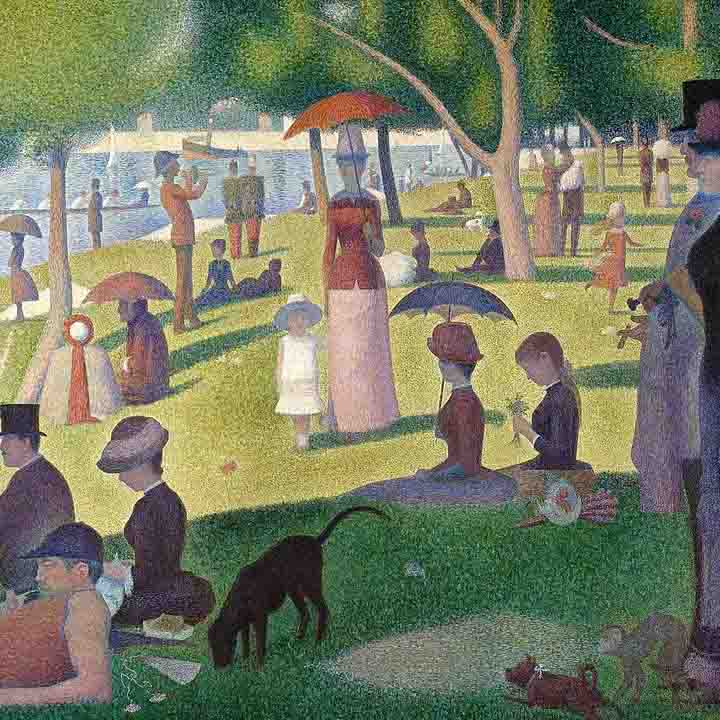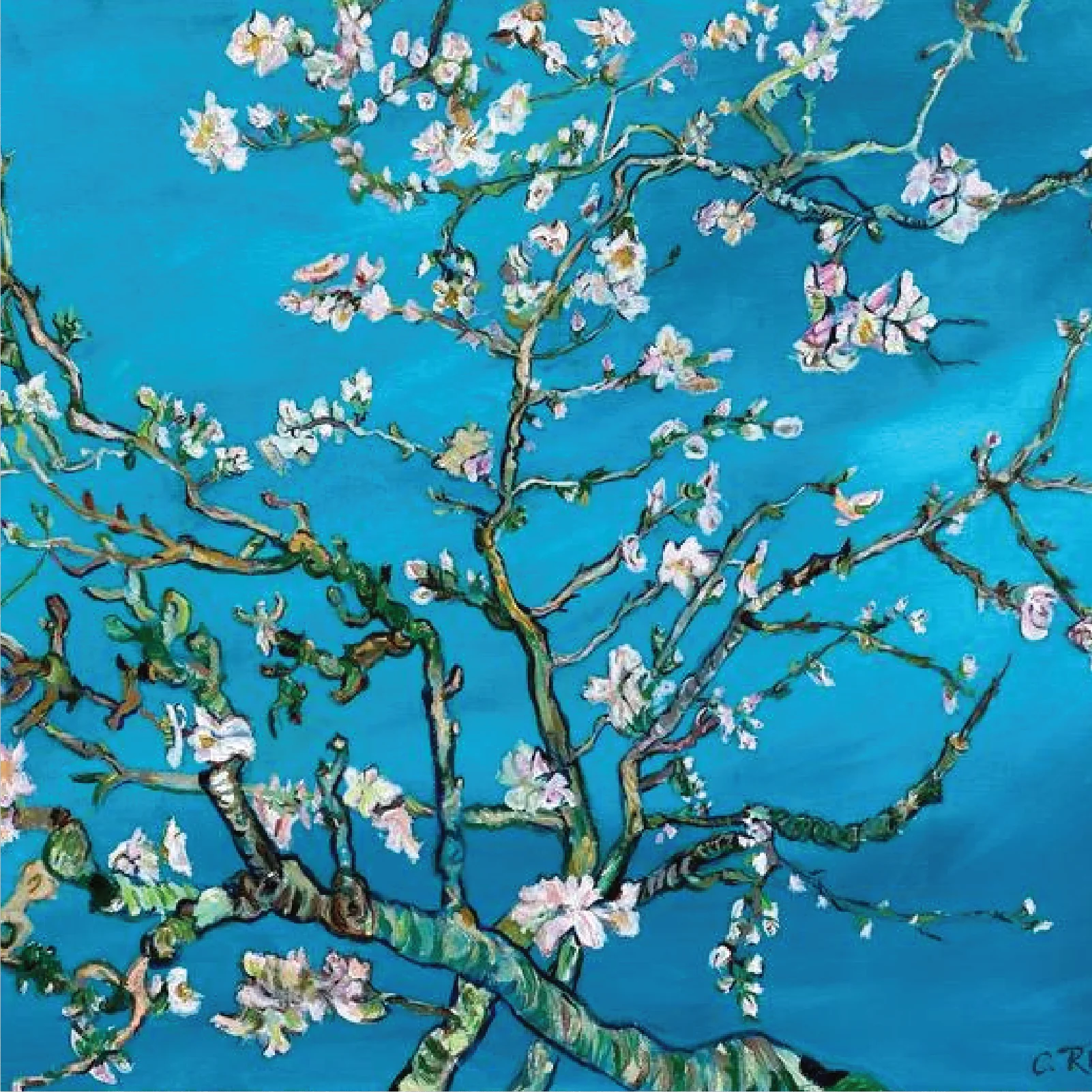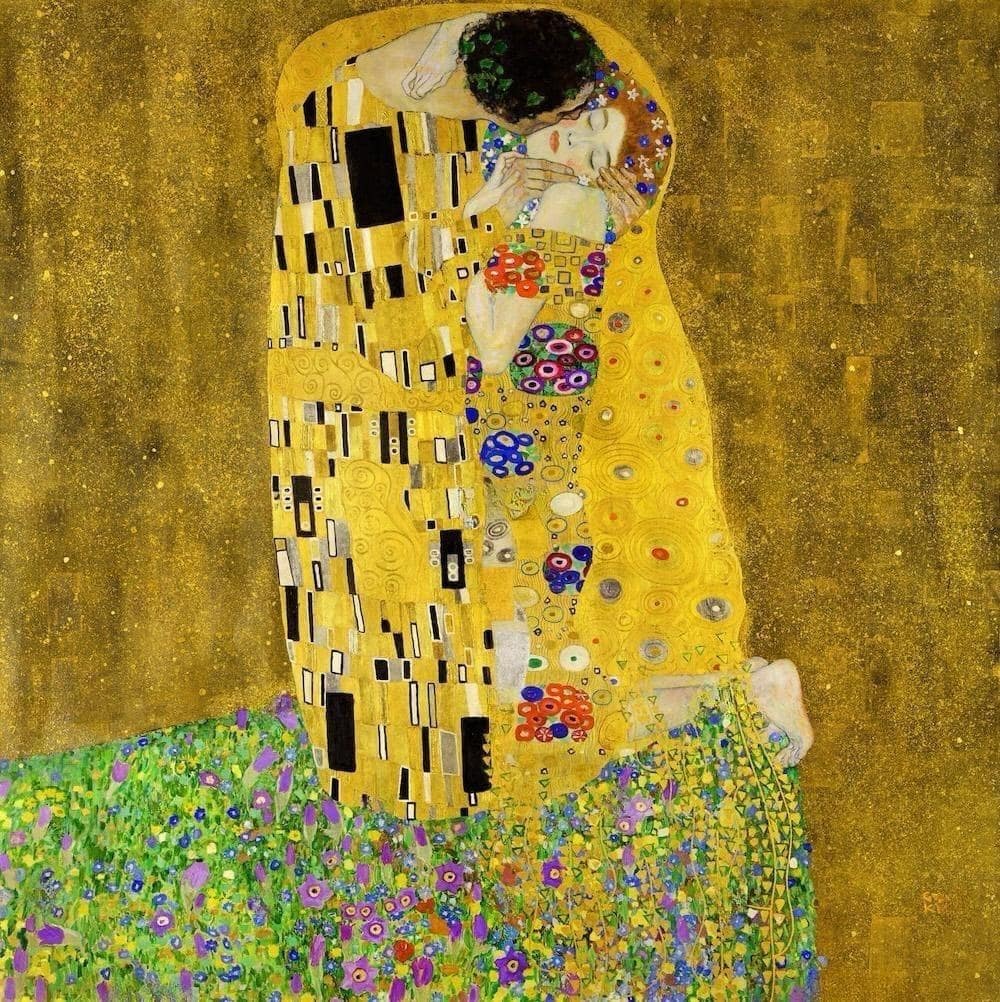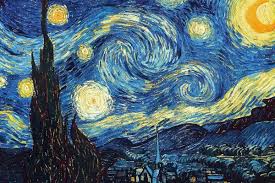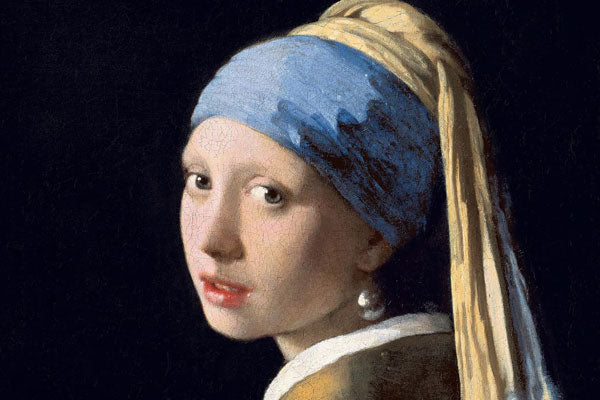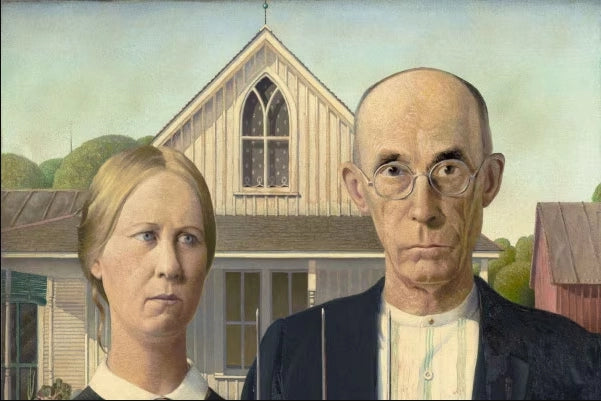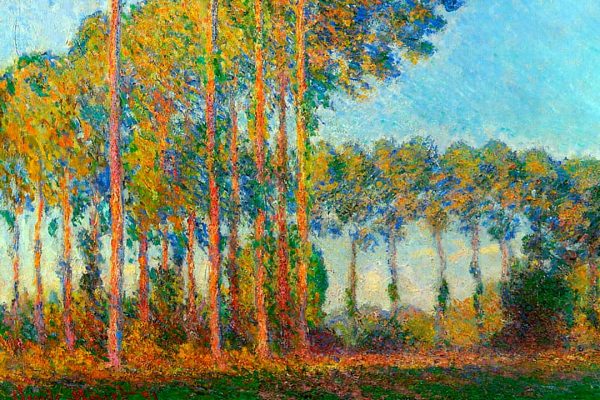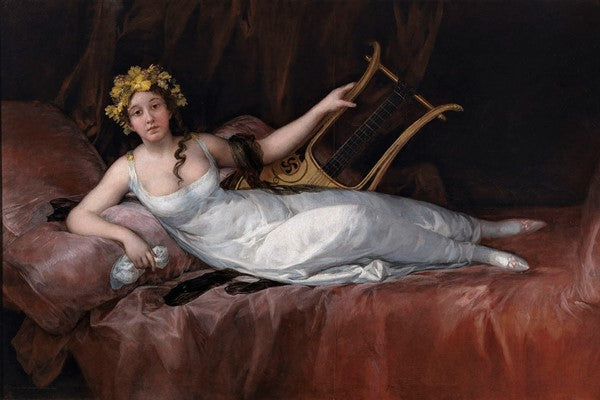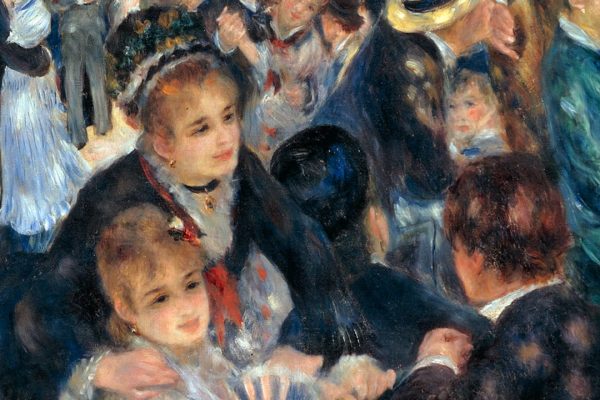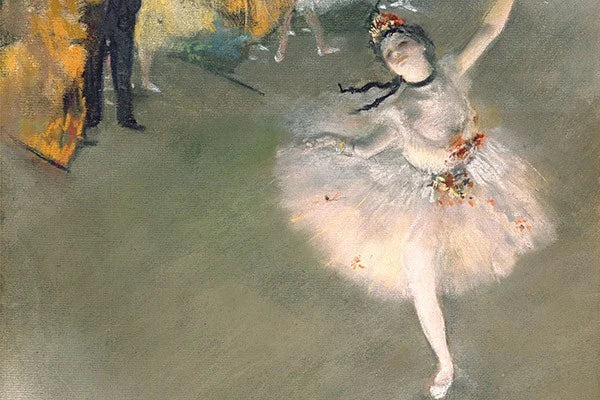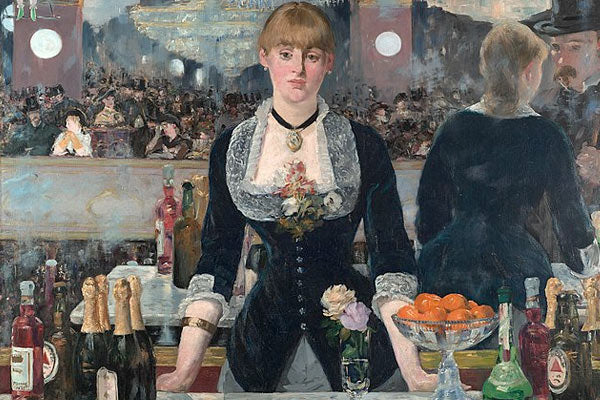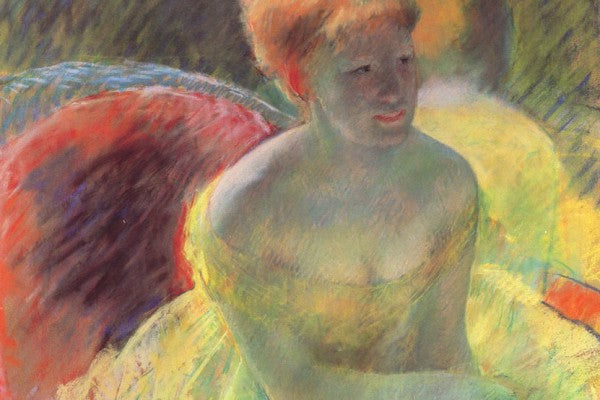At ART&See, we specialize in art reproduction, bringing museum-quality oil on canvas paintings to collectors, art enthusiasts, and interior designers. Whether you admire the old masters or want a copy of a painting from your favorite artists, our professional artists do copy painting, create stunning reproduction art with careful attention to light and shadows, color, and texture. Unlike mass-produced prints, our fine art replica paintings are hand-painted, ensuring the creative process remains authentic.
We honor the original artist while allowing a new audience to experience their piece of museum quality artwork. If you’re looking for a copy as an artist, a decorative piece of art, or a commission of a beloved painting, ART&See is the perfect place to explore copying with the intention of preserving artistic legacy.
Whether for home decor, collection purposes, or gifts, oil painting reproductions provide an affordable way to enjoy timeless works of art.
Copy Painting: An Ancient Tradition in Art
Throughout history, copy painting has been both a respected learning tool and a controversial subject. From the Renaissance to modern times, copying to imitate has helped new artists refine their technique and develop their own style and voice.

However, there is a fine line between copying to play and copying to steal and combine. Some artists copy to honor a master’s technique, while others copy to plagiarize for profit. Understanding the differences between these approaches is crucial for both artists and art collectors.
In this article, we’ll be looking at the history, ethics, and methods behind copying another artist’s work, as well as how art creates art through inspiration and reinterpretation.
Why Do Artists Copy Painting?
1. Learning from the Old Masters: Copy As an Artist
Many professional artists began their journeys by studying old masters such as Leonardo da Vinci, Rembrandt, and Vermeer. Copying to imitate their original work helps new artists learn about:
-
Light and shadows
-
Color as closely as possible to the original
-
Composition and proportion
-
Brushwork and texture
The goal here isn’t to create a forgery but to explore and discover how the original artist brought their vision to life. This source of learning is invaluable for any artist looking to refine their skills.
2. Honoring and Preserving Classic Art Imitation
Copy masters exist in museums worldwide, where art reproduction ensures that fragile original artwork can be preserved while high-quality replica versions are displayed. This is particularly important for famous frescoes, murals, and paintings that would otherwise deteriorate.

3. Creating Decorative and Commercial Museum Quality Art
Many people want a copy of a painting for their homes, offices, or interior decor. A museum-quality reproduction allows collectors to enjoy a piece of artwork that would otherwise be unattainable due to price or rarity.
4. Finding Your Own Artistic Voice
Many artists struggle with developing their own style and voice. By copying different artists, they experiment with new techniques, eventually evolving their own ever-evolving artistic voice.
Copying vs. Plagiarizing: What’s the Difference?
1. Copying to Learn vs. Copying to Steal
Let’s be honest—all art creates art in some way. Everything we create is influenced by things around us—it’s impossible to create in a vacuum. However, there’s a significant difference between copying with the intention to learn and copying to plagiarize.
-
Copying to play is about experimentation and understanding technique.
-
Copying to steal is taking another artist’s work and passing it off as your own.
If you want to share it online, always credit the original artist and be honest with yourself and others about your intentions.
2. The Ethics of Reproduction Art
When it comes to reproduction art, ethical questions arise. Is it okay to copy an artist’s work and sell it? The answer depends on intention in mind:
-
Copying to honor an artist is generally acceptable when credit is given.
-
Copying to plagiarize and profit from another artist’s effort is unethical.
-
If an artist’s work is still under copyright, permission is needed to copy a piece of art for commercial use.
3. The Gray Area of Inspiration vs. Theft
Many artists say, “Nothing is original.” While this is true in some respects, inspiration vs. plagiarism is a bit different than copying outright. If you take an idea, change the linework, and add your personal touch, you are creating something new rather than duplicating it.
Methods of Copying Painting
There are several ways artists can copy a piece of art, whether for learning, preservation, or commercial purposes.

1. Freehand Copying
This involves directly moving your pencil or brush to replicate the piece of artwork by observation alone.
2. Grid Method
The painting is divided into a grid, allowing the artist to copy as an artist square by square.
3. Tracing or Projecting
Some new artists use tracing paper or project an image onto a canvas to ensure accuracy. While effective, this method teaches you nothing about freehand skills.
4. Digital Reproduction
High-quality reproduction art is created using scanning, photographing, and printing onto oil on canvas or fine paper. These museum-quality prints are ideal for collectors who want a replica without the expense of an original work.
Famous Artists Who Copied Masters
Many famous artists started their careers by copying others. Vincent van Gogh copied old masters like Delacroix and Millet. Pablo Picasso was inspired by El Greco and African sculptures. Even Leonardo da Vinci studied and imitated Verrocchio before finding his own voice.
By stealing and playing with ideas, they transformed inspiration into something fresh and innovative.
Final Thoughts: Is Copying Bad?
So, copying be bad? Not necessarily. It depends on your intention. If you copy to learn, study, and grow, you are engaging in a shared cultural language that has existed for centuries. However, if you copy to plagiarize, you are taking an idea without respect.
The key takeaway is this: ideas create ideas. Creating, Copy painting and sharing art builds a richer, more inspiring world for everyone. That’s what art is all about. Whether you’re copying a masterpiece to learn, decorating your home with a fine art reproduction, or developing your own style and voice, the important thing is to be honest with yourself and others.
Turn your home into an art gallery with stunning hand-painted reproductions from Art & See. Explore our collection and find your perfect masterpiece today.
At ART&See, we celebrate art reproduction in its most ethical and creative form. If you’re looking for a copy of a painting or a custom replica, let us help you honor the beauty of original artwork while making it accessible to all. Let’s create a rich artistic legacy together!
